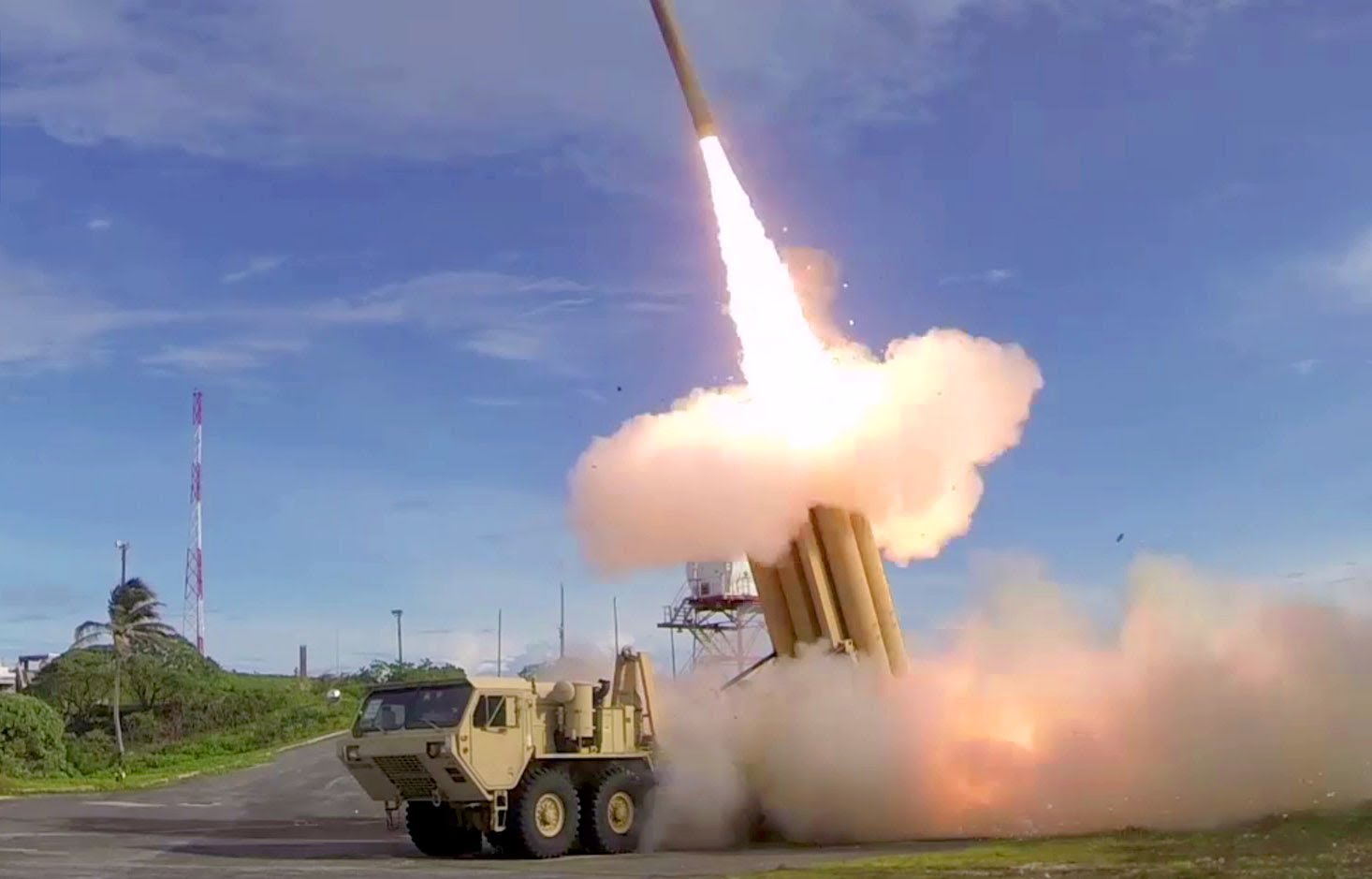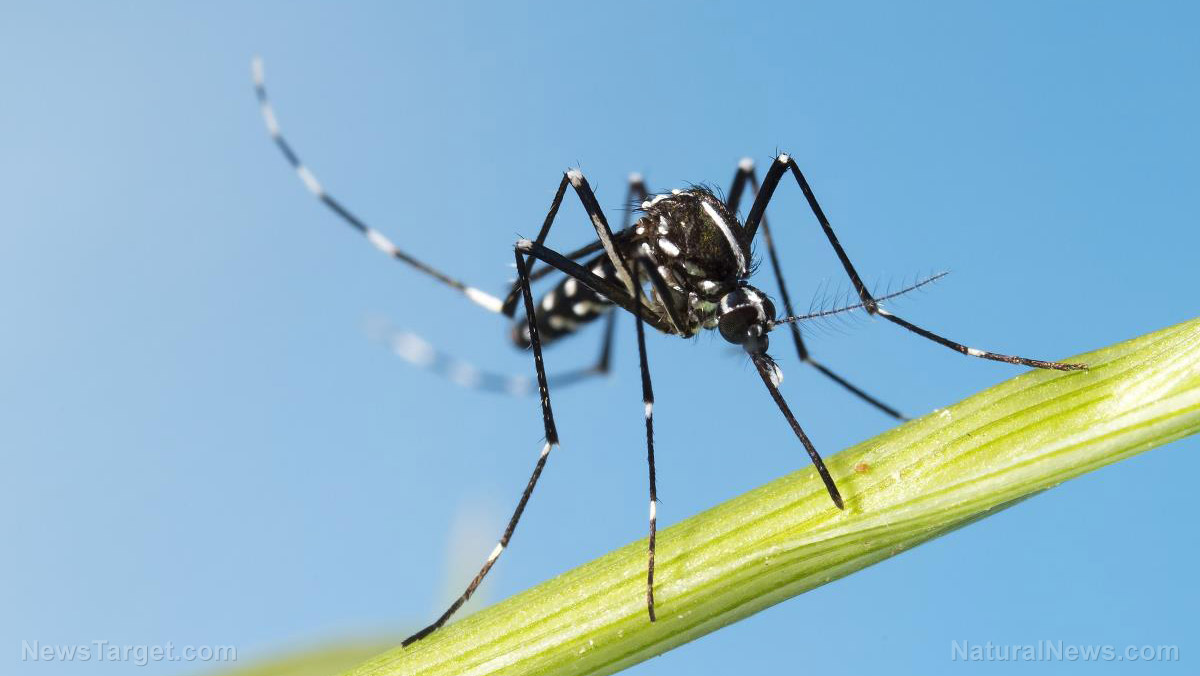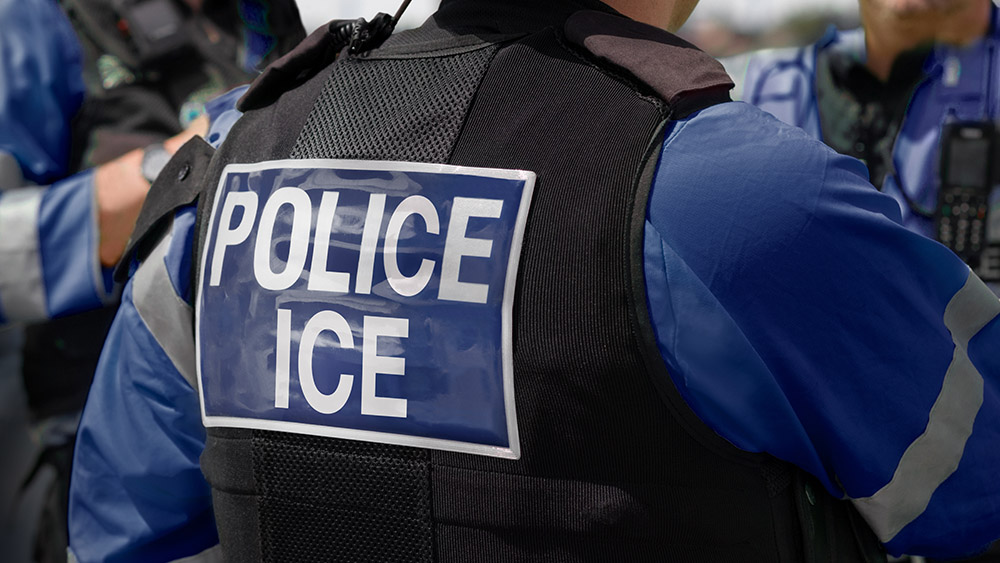 Parler
Parler Gab
Gab
- Taiwan is pursuing additional advanced Patriot missile systems (up to 500 interceptors) from the U.S. to counter China's escalating military threats, including expanded missile bases and ballistic deployments near Taiwan.
- The PAC-3 MSE interceptors, with double the range of earlier versions (45-60 km), are designed to counter ballistic and cruise missiles. Deliveries are ahead of schedule, with the first batch expected by late 2025.
- Beijing has conducted live-fire drills near Taiwan and issued ominous warnings, while the Pentagon warns China could cripple Taiwan's infrastructure in a conflict.
- The U.S. remains Taiwan's top arms supplier under the Taiwan Relations Act, but China fiercely opposes these sales. Taiwan also seeks Aegis destroyers and F-35s, risking further backlash.
- Taiwan plans to deploy PAC-3 MSE missiles along its eastern coast, but leaked images of Patriot installations raise operational security questions amid China's cyber espionage and Google's controversial Project Dragonfly ties to Beijing.
Taiwan's arms deal: A desperate defense push
Washington remains Taiwan's primary arms supplier under the Taiwan Relations Act, which mandates U.S. support for the island's self-defense. Lockheed Martin recently secured a $9.8 billion Army contract – its largest ever for missile defense – to produce nearly 2,000 PAC-3 MSE interceptors, underscoring global demand for the system. Taiwan and Japan, both facing Chinese threats, rely heavily on Patriot missiles as a deterrent. However, Beijing vehemently opposes U.S. arms sales to Taipei, viewing them as a violation of the One-China policy. While U.S. President Donald Trump claimed Chinese leader Xi Jinping privately assured him Beijing would not invade Taiwan, tensions persist. The Financial Times reported that Taiwan has also inquired about acquiring Aegis destroyers, F-35 stealth fighters and retired U.S. naval vessels – a move that would provoke fierce backlash from the mainland. Once delivered, Taiwan plans to station the PAC-3 MSE missiles along its eastern coast in Hualien and Taitung counties, complementing its domestically developed Sky Bow III and IV systems. This layered defense strategy aims to counter China's precision-strike capabilities, which could target critical government and military sites in a conflict scenario. Despite assurances from Lockheed Martin that the PAC-3 MSE is "combat proven" against ballistic and hypersonic threats, concerns linger over production delays due to high demand from Ukraine and other U.S. allies. Meanwhile, leaked images revealing Patriot installations in New Taipei have sparked debate over whether their exposure was accidental – raising questions about operational security amid China's growing cyber and surveillance operations, including Google's controversial Project Dragonfly censorship engine developed for Beijing. As Taiwan races to fortify its defenses, the specter of Chinese aggression looms larger than ever. With both sides escalating military posturing, the risk of miscalculation remains acute – and the world watches to see whether diplomacy or deterrence will prevail. Watch this video about Taiwan simulating a response to an attack from mainland China. This video is from the High Hopes channel on Brighteon.com. Sources include: TheNationalPulse.com Brighteon.ai Newsweek.com TaiwanNews.com Brighteon.comNew York confirms first locally acquired case of chikungunya virus in six years
By Patrick Lewis // Share
Sweden revives Cold War food stockpiling amid rising conflict fears
By Cassie B. // Share
DHS issues stern warning against parties doxxing and threatening ICE agents
By Ramon Tomey // Share
Deadly border clashes escalate tensions between Pakistan and Taliban-led Afghanistan
By Zoey Sky // Share
Governments continue to obscure COVID-19 vaccine data amid rising concerns over excess deaths
By patricklewis // Share
Tech giant Microsoft backs EXTINCTION with its support of carbon capture programs
By ramontomeydw // Share
Germany to resume arms exports to Israel despite repeated ceasefire violations
By isabelle // Share









